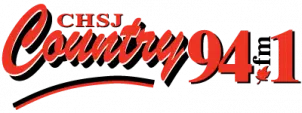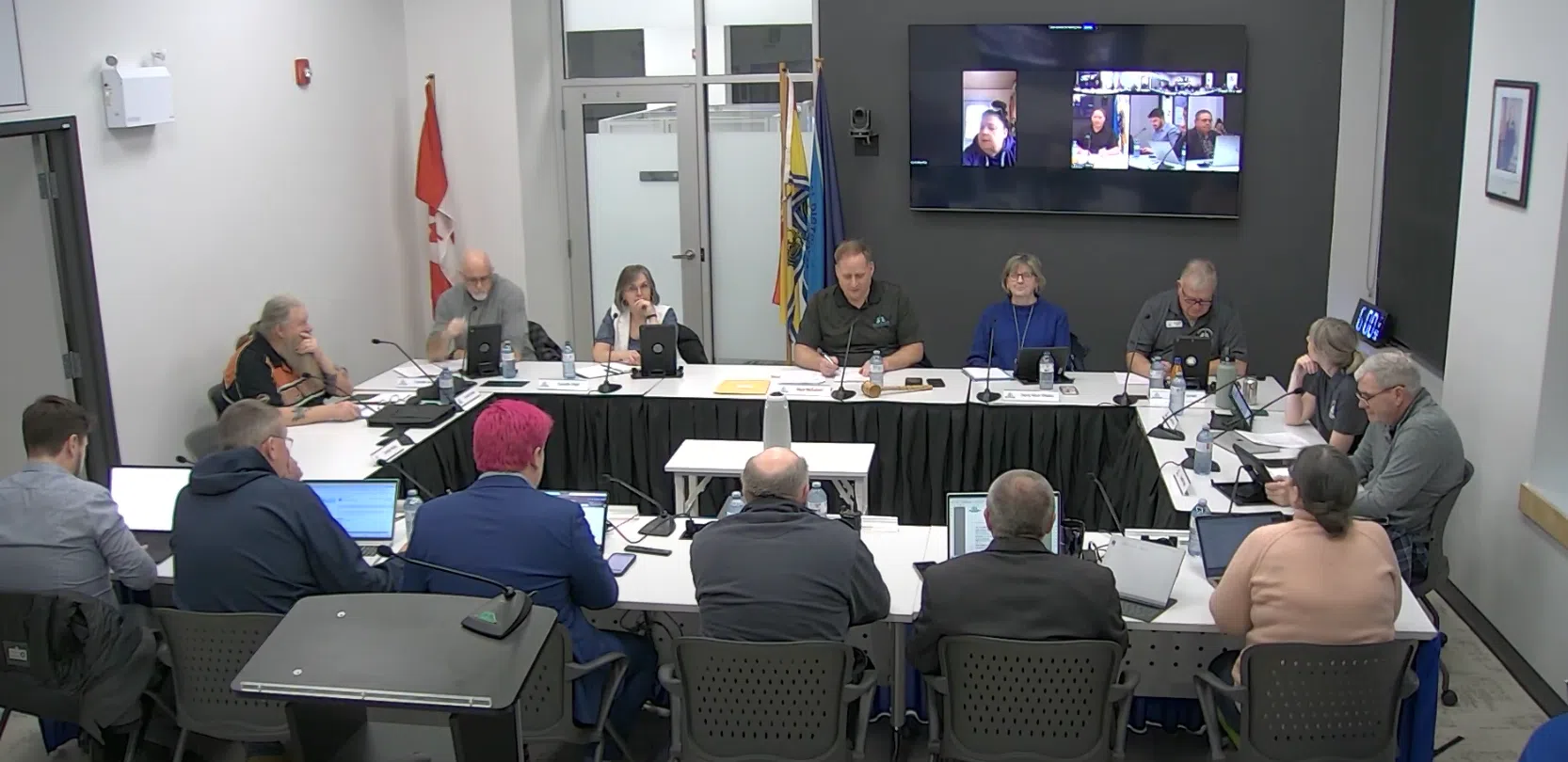St. Stephen’s council is divided over whether to reduce the number of councillors before the next general election in May 2026.
The council discussed reducing its members at a recent committee of the whole meeting, with a proposal submitted by Chief Administrative Officer Jeff Renaud.
“In the very near future, a memo is coming out from the department on this particular issue,” he said during the meeting. “Many communities are currently taking a good look at the size of their council, how they’re set up, largely because a lot of the new councils were created through forced amalgamation and weren’t created by the community themselves.”
A facilitator was appointed to each entity to help the councils through the amalgamation process. Some faced elections of every member of the council, while others simply added councillors to the existing ones to create representation for new wards, leaving some over-indexed, according to some councils.
Renaud said there is no recommendation from staff on how to proceed, adding it is entirely up to them on how to move forward.
In a report tabled by Renaud, it presented three options that he said were “by no means the only option.”
- Option 1: 8 councillors, 1 mayor, with no savings and a cost of $206,500
- Option 2 (also the Local Governance Act minimum): 3 councillors, 1 mayor, with a cost of $106,500, and savings of $100,000.
- Option 3: 4 councillors, 1 mayor, with a cost of $126,500 and a savings of $80,000.
During the transition, the facilitator for Entity 57 decided that two seats would be allocated to the Eastern region of the new municipality, two to the Western region and four in St. Stephen.
It allowed for a ratio of about 1,077 per councillor in Eastern, what is known as Ward 1, and 774 per councillor in the Western area or Ward 3, and 1,103 for St. Stephen, or Ward 2.
The debate
Coun. Earle Eastman began the debate by questioning how this reduction would work with population growth.
“We do have population growth since amalgamation, big time, especially in Ward 3,” he said. “Down (the) 170, Hills Point or even down the Ledge Road. When you’re talking about voter parity, we’re going to be off that for numbers.”
Coun. Joyce Wright said she took the opposite interpretation, given the size of the councils for larger cities.
“I was looking at it and thinking it makes sense to have a smaller council,” she said. “I think that this one was based on the fact that the former Town of St. Stephen has seven at the table, which seemed kind of large for our community … I’m in favour of taking it down to the two from Ward 2 and one from each of the rural wards.”
Coun. Wade Greenlaw, who is also the second vice-president for the Union of Municipalities of New Brunswick, said the transition facilitator pointed out that the best practice is usually one councillor between 1,000 and 1,500 residents.
“So, we still have some room for population growth even if we drop, right?” he said. “Then you have to look if you want a full-time mayor because the job has become very complex and (there are) a lot of different issues to deal with so that should be factored in as well in whatever final discussions we have.”
Greenlaw was in favour of reducing the number of councillors to help fund a position for a full-time mayor.
In St. Stephen, the positions on the council are considered part-time, meaning only that the councillors and mayor can hold full-time jobs outside the council.
The mayor in St. Stephen is paid $37,000 per year, and a councillor is paid $17,000. In comparison, Saint John’s mayor is paid $88,000, and a councillor is paid $32,600.
Read more: Saint Andrews looks to reduce number of councillors ahead of election
Coun. Emily Rodas was not in favour of reducing the council, saying she valued having experienced councillors around the chamber.
“I still feel like I’m just getting on my feet,” she said. “So, I do like the fact, coming into this, we already had seasoned councillors around the table, and I found it really helpful.”
She added she felt the mental health burden faced by councillors and the mayor is equivalent to her full-time job as a social worker in palliative care.
“For me, it’s about compensating the mayor for not only just the significant amount of work but everything that goes into it and all the heat that sometimes a mayor has to take and councillors have to take too,” she said, adding she’s noticed a change in the political environment.
Mayor Allan MacEachern said there are also increased responsibilities for the councils across New Brunswick – tasked now with things like housing, health care, and child care, among others.
Coun. Brian Cornish raised concerns about how making the mayoral role full-time could potentially limit candidates who want to maintain their careers. Those sentiments were echoed by Wright.
“There is a lot of energy out there for the next election, whether anybody knows it or not.” – Coun. Marg Harding
Cornish also said he didn’t believe the rural wards should be required to lose a councillor.
Coun. Marg Harding said she believes the status quo should remain.
“Full disclosure, somebody else will be sitting in my seat this time next year, or at least in May,” she said. “I think that what we have now, the status quo, I think works quite well. I think you (Renaud) and the mayor, I think you’ve done an excellent job.”
She said that while she believes her time is up, she would like to see the council remain the same.
“There is a lot of energy out there for the next election, whether anybody knows it or not,” she said. “I can honestly say that the people I run into are not happy with this council for whatever reason, anyway, there is a lot of interest.”
The general election for local governments in New Brunswick is fixed for May 11, 2026.
Coun. David Hyslop said he believed the council should be reduced but took aim at the criticism faced by the council.
“I looked at the comments online. I guess eight part-time councillors aren’t doing anything now, I don’t know what five can do,” he said during the meeting.
Hyslop said he believes seven is the right number.
Renaud said any concept that increases the size of council will not be approved by the minister, indicating there is a preference for smaller councils.
He also encouraged the council to not think about who is in the seat when deciding whether it should be smaller.
“You have to separate the seats from the people that are in them,” he said, adding there could be an entirely new council sitting at the table next year.
Saint Andrews is also looking to reduce the number of councillors, aiming to reduce the nine councillors to six.
Ultimately, the council was evenly divided on whether to bring forward a proposed amendment to the regular council meeting to change the composition of the council.
MacEachern served as the tie-breaking consensus, allowing Renaud to bring forth two options, the status quo and a reduced council of seven, which would carry six councillors and the mayor.
The administration is expected to bring a formal proposal to the council soon.








